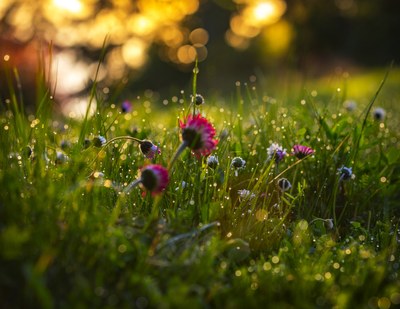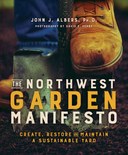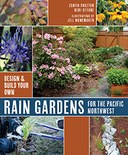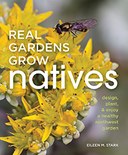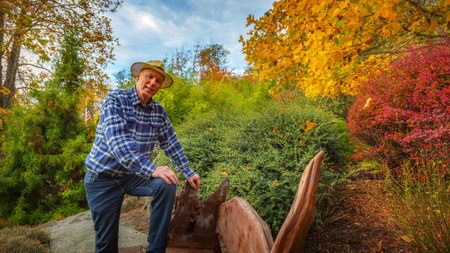
We caught up with John J. Albers, creator of the Albers Vista Garden and author of the recent release The Northwest Garden Manifesto, to ask him about his top gardening tips. Here’s what he had to say:
Favor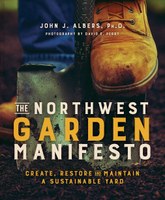 ite Gardening Tips
ite Gardening Tips
Creating a sustainable garden depends upon good design, ideal plant selection, appropriate implementation, and proper plant care. These are my favorite gardening tips to help you meet the challenge of creating and maintaining a sustainable garden.
Design
Know your soil’s characteristics, including texture, organic matter, nutrients, drainage, and compaction. Based on your analysis and a soil test, improve your soil as needed. If you have compacted soil, mix compost into the soil to improve the soil’s porosity, nutrient availability, and water infiltration and retention. Match the plants to the specific site conditions and microclimate. Mimic nature in your design by forming multilayered landscapes of trees, shrubs and groundcovers that provide functional and structural diversity. Attract wildlife and improve habitat for a variety of species by adding fountains, birdbaths, birdfeeders, and nesting boxes.
Plant Selection
Select healthy, long-lived, drought tolerant, and pest- and disease-resistant plants. Integrate native plants throughout the garden. Include evergreens in your landscape as they supply winter color and unique textures to the landscape and effectively reduce stormwater flow and pollutants at a time when deciduous plants have lost their leaves. Attract pollinators by having a wide variety of flowers with a broad range of colors, shapes, sizes and overlapping and sequential bloom periods to provide nectar and pollen throughout the seasons. Divide the garden into hydrozones, or areas based on groups of plants having similar water, light, and nutrient requirements.
Plant Care
To further conserve water, use best watering practices and water-thrifty irrigation such as drip irrigation for most planting beds as it minimizes surface evaporation, avoids getting water on the foliage, and applies the water uniformly to the roots. Help protect water quality and minimize stormwater by reducing impervious surfaces and by making a rain garden to capture, absorb, and filter the rainwater. Rely primarily on mechanical, cultural, and biological strategies, rather than chemical measures to manage garden pests. Work with nature by encouraging beneficial organisms to come to your garden.
Thanks, John! To learn more about how to create, restore, and maintain a sustainable yard, make sure to read The Northwest Garden Manifesto, available online and wherever books are sold.
 Mountaineers Books
Mountaineers Books
